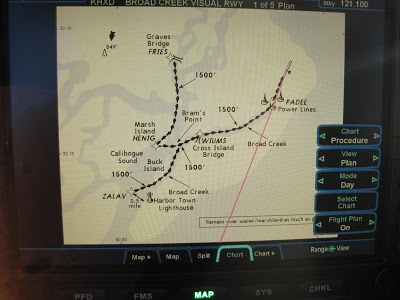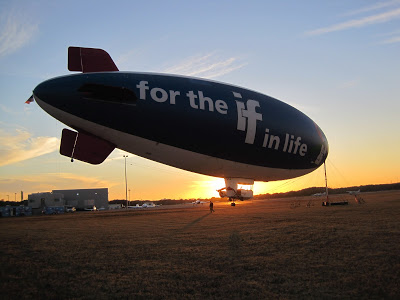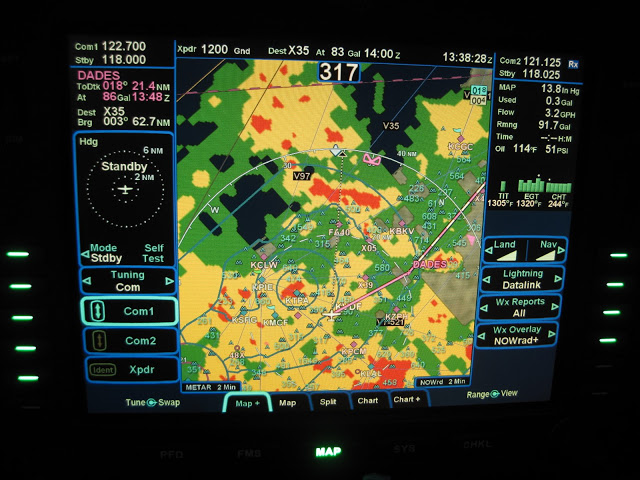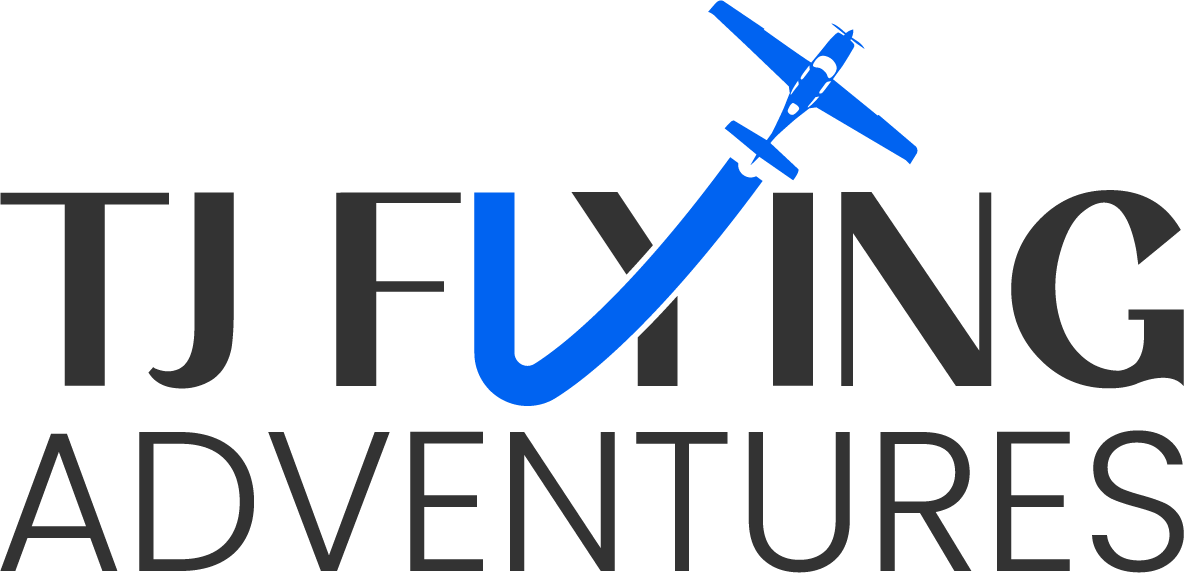Learning New Tricks In Hilton Head

After 300+ hours flying behind the R9 screens, I thought I knew everything there was to know about R9. But at the risk of sounding like an “old dog”, yesterday at the R9 User Group Meeting in Hilton Head, I learned a couple of cool new tricks! The weather was excellent and Hilton Head is […]
Night Currency

The FAA has a bunch of currency requirements for all US pilots. The basics are as follows: For VFR Private Pilots: 3 takeoffs/landings every 90 days For Instrument rating: 6 instrument approaches (+ intercepting/tracking/holding) every 6 months There are more detailed nuances… But, I won’t bore you with the details. Since I am a very active pilot, […]
Ugly Weather (Perfect Day to Fly!)

Today was expected to be a dreary weather day in the whole state of Florida due to a large “cold front” that was passing through. Today was definitely NOT a skywriting day. But what a great day for some recurrent flight training in actual IMC! I had planned a training day with Jason Schappert of […]
